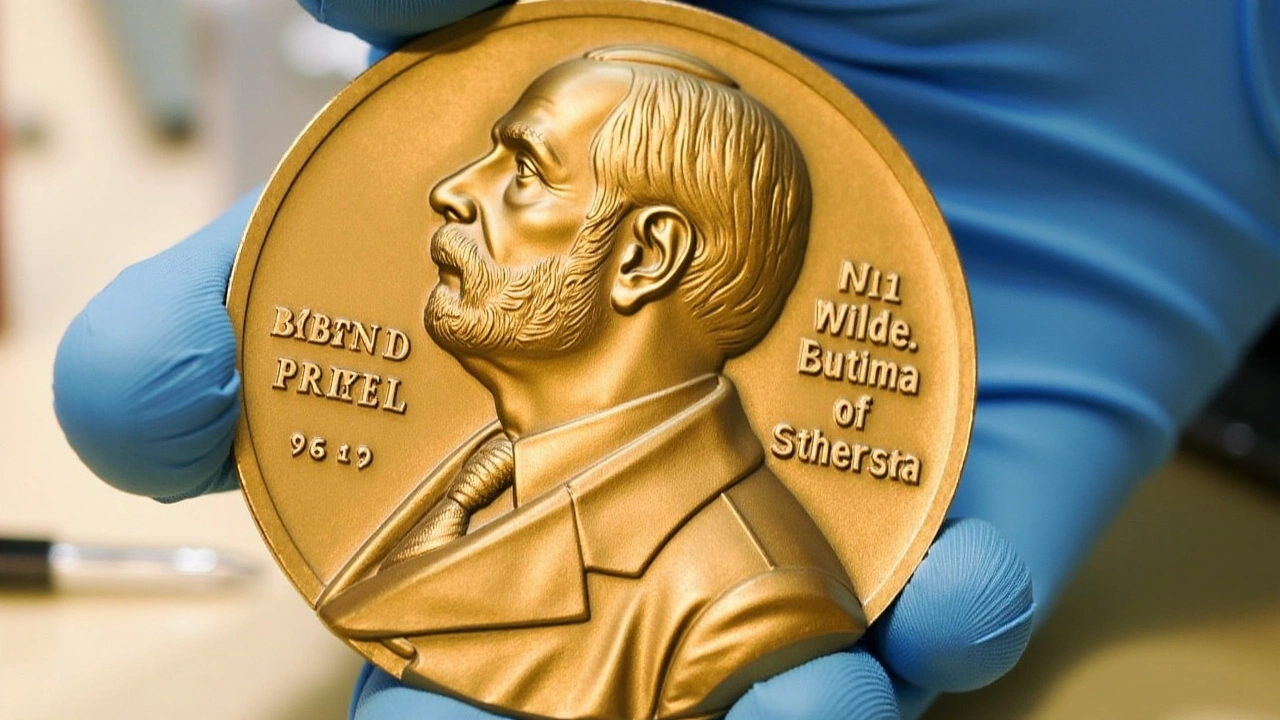microRNA, or miRNA, is a tiny but powerful molecule found in cells that plays a big role in how genes work. It acts like a master switch, controlling which genes are turned on or off. This helps regulate important processes like cell growth, development, and even how our bodies respond to diseases.
By binding to messenger RNA (mRNA), microRNA can stop proteins from being made. Since proteins do much of the work inside cells, microRNA influences many biological functions. Scientists are especially interested in microRNA because changes in these molecules can signal health issues or diseases such as cancer, heart problems, and infections.
Recently, researchers have been exploring how microRNA can be used to find early signs of illness. Because microRNAs are stable in blood and other body fluids, they make great candidates for non-invasive tests—like blood tests—that could detect diseases earlier than ever before.
Moreover, some new treatments aim to target specific microRNAs to fix gene regulation gone wrong. For example, by blocking harmful microRNAs or boosting helpful ones, it’s possible to develop more precise therapies for cancers and viral infections. While this is still a growing field, the potential is huge.
Keeping up with the latest in microRNA means understanding how this tiny molecule influences big changes in health and disease management. News outlets and research platforms regularly update readers about microRNA discoveries, clinical trials, and applications impacting medicine today. Knowing about microRNA helps people appreciate how modern science works at the molecular level to improve lives.
Whether you're a student, healthcare professional, or just curious, following microRNA developments puts you at the cutting edge of biology and medicine. It’s an exciting time for this field as scientists uncover new ways microRNA shapes our health and future treatments.
